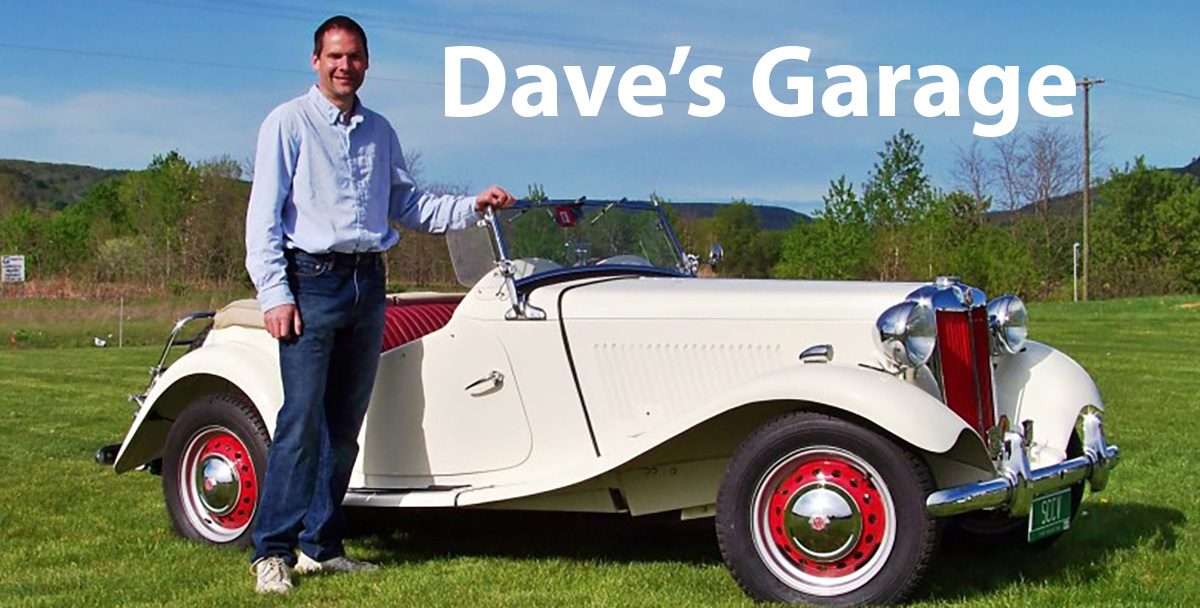Author: David Sander
-

Zip-Zip, New Line
I recently discovered a neat trick to help form new hard brake lines. I am a huge fan of nickel copper tubing; it is very easy to form and lasts […]
-

Fix Your Old Starter
Guest W. Jones this month shows you how to….. The starter motor is heavy, sturdy and unlikely to get much attention, but a faulty one will be a real headache. […]
-

Rebuilding Brake Calipers
Years ago I would routinely rebuild brake calipers. Caliper rebuild kits seemed to approach the cost of purchasing a rebuilt caliper. For decades I would routinely purchase rebuilt calipers and […]
-

One Hand on the Lever
This month’s question comes from Wendell Noble. Anyone who knows Wendell and Mary know they have a preference for manual transmissions. Wendell asked me if I knew why his owner’s manual […]
-

My stud welder/slide hammer
Happy New Year! Although 2021 will have many challenges, I truly hope we will all have a better year. Absent any questions this month, I decided I would write a […]
-

How-to Lubricate Window Slide & Door Locks
had a question recently that may be of interest. The question was: “How do I lubricate my window slides and door lock hardware in my antique cars?” I use Fluidfilm […]
-

The 2020 Golden Wrench Award
Dave’s Garage is giving space this month to the 2020 Golden Wrench Award Recipients. Congratulations to you all. The Vermont Automobile Enthusiasts Golden Wrench Award May 29, 2020 (Address & student […]
-

Exhausted
When I pulled the Subaru in to take the winter tires off and wash the undercarriage I heard the unmistakable sound of a muffler leak. I was a bit surprised, […]
-

I have always had a fear of fires
When the cars go in to the garage for the winter, I have always believed they should be drivable and ready to be driven out quickly if there is a […]
-

Ethanol Gas & Gas Mileage
Dave, I want to share, with you, my story on ethanol gas. As I recall you have done pieces on this topic in the past, however, I thought I would […]
